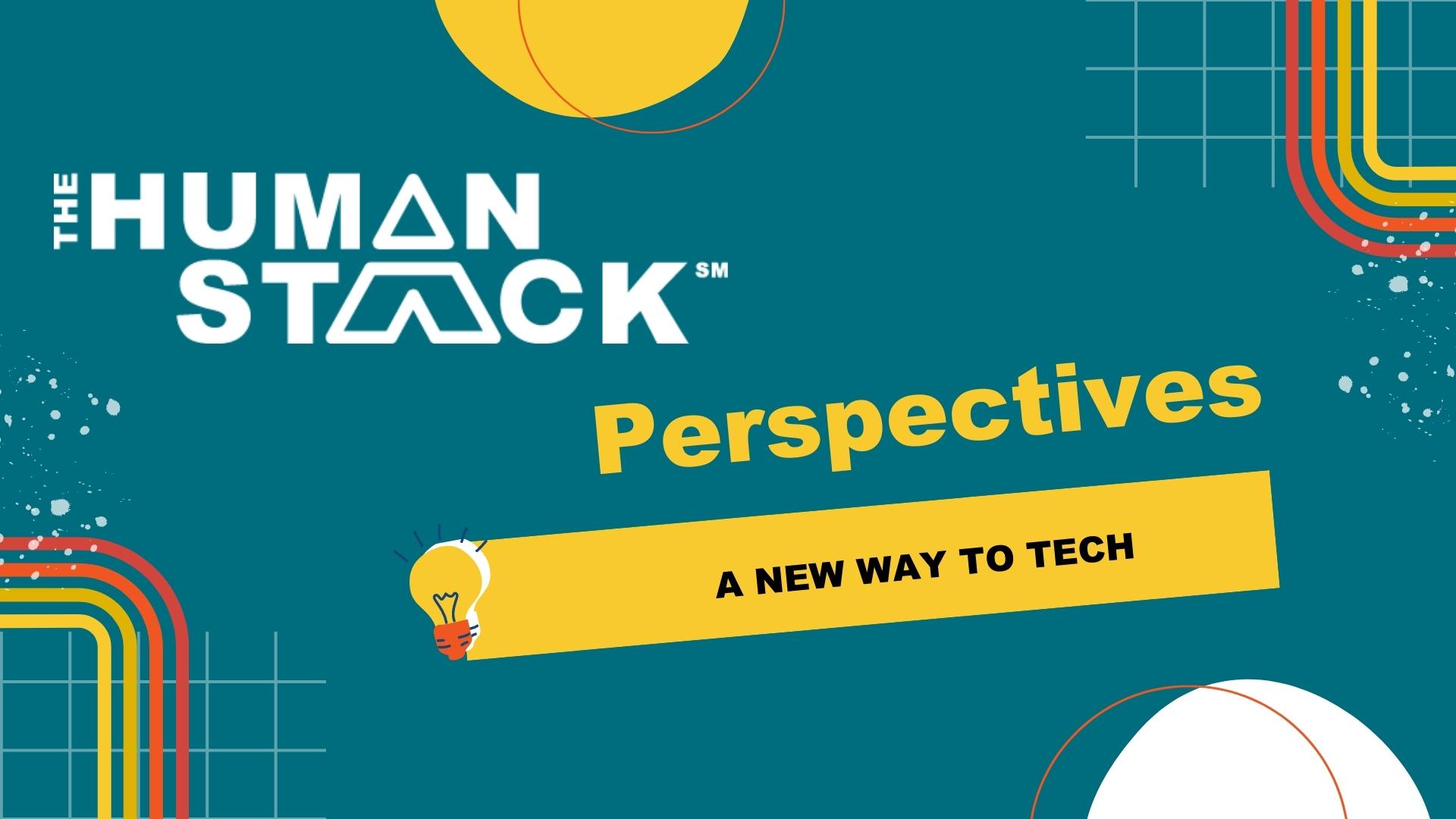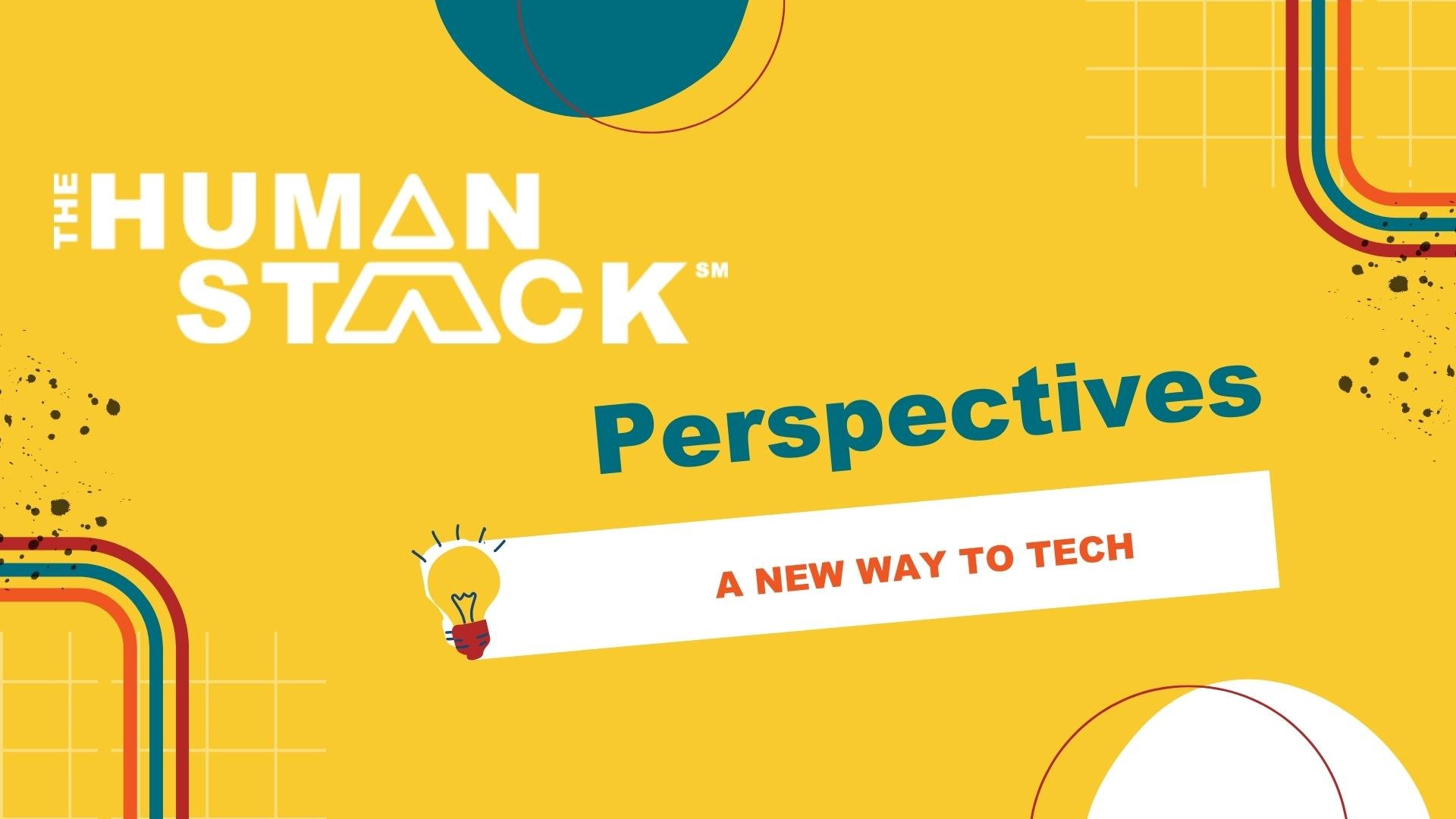4 min read
Your Nonprofit Data Can Translate to Dollars—But Only if It’s Clean and Relevant
 Tim Lockie
:
April 21, 2020
Tim Lockie
:
April 21, 2020
Brené Brown famously said, "Stories are data with a soul." This is especially true in the nonprofit, where every leader has to be something of a storyteller. Whether they're doing a public speaking engagement or having coffee with an investor, it's part of their job to come prepared with relatable, inspiring stories about how the world could be better.
In some ways, storytelling is the strongest tool in the fundraising toolbox, since earning people’s time and money starts with earning their trust. Good storytelling can convince even the most hesitant supporters to embrace your vision—and their long-term investment—with renewed vigor and enthusiasm. And while a heartfelt anecdote goes a long way toward building that trust, the best stories are backed up by factual data to increase their chances of hitting the mark.
But what if the data you’re relying on to tell a story is incomplete, irrelevant, or—worse—boring? Unreliable data can severely limit your ability to tell a compelling story. That's why it's so important for nonprofits to maintain accurate, meaningful data points, and especially those that have the power to illustrate impact for stakeholders and constituents.
Clear roadblocks by ridding your system of irrelevant data
Irrelevance is one of the biggest and most common hurdles to maintaining good data. Just because you can collect data doesn't mean you should. Consultants often see organizations tracking data they don't plan to use in any significant way. Collecting irrelevant data increases the day-to-day burden of data entry, especially for staff whose task lists are already a mile long.
The more superfluous, unusable data fields you’re collecting, the greater the chance your staff will feel overwhelmed and shuffle the task of data entry off to the back burner. This can result in a number of bad habits that contribute to poor overall system performance and user adoption. Your staff might never get around to loading the data at all, or they could rush through it, hastily inputting numbers in the wrong fields and leaving other key fields blank. Worst case scenario, your teams stop logging into your system altogether, reverting instead to their old spreadsheets and faulty processes, thereby rendering your CRM virtually useless and bringing your organization's data collection efforts back to square one.
In addition, many nonprofit organizations are bound by their funders' reporting requirements and standards (i.e. USAID, donor grants, etc.). For that reason, it’s important to know the data you will need to collect prior to implementing a program that is funded or partially funded by government or grant dollars. Incidentally, this is a perfect argument for customizing your CRM to track progress against donor indicators. (Pro tip: Include indicators for the UN's 17 Sustainable Development Goals to track how your impact metrics relate.)
Fortunately, these and other data problems can be avoided if you are committed to collecting only the data you need. As you decide which parameters will be most helpful in meeting your goals, ask yourself: Is this piece of data critical to the story I’m trying to tell about my organization? To funding or other requirements?
Don’t let bad data wreck your reputation
Bad data happens for a number of reasons. Perhaps there was never a reliable tracking system in place to begin with. Or maybe the system isn't tracking the data you really need. In some cases, data that was once accurate has since become outdated, unbeknownst to the nonprofit leader who is now offering up stats based on that data as fact.
All issues affecting data are rooted in process.
When poor processes are in place from the beginning, your data doesn't stand a chance. It’s true that having strong data processes in place can help you tell better stories and subsequently increase your fundraising and engagement efforts. But beyond basic numbers, there’s a simple truth: Having accurate, well-groomed records demonstrates trustworthiness and overall good data stewardship. The data an organization collects is often personal and confidential—donation records, program participation and services rendered, and case notes are all examples.
Data governance is everyone’s responsibility—not just the admin’s
Since streamlining any process requires all hands on deck, it’s essential to position data governance first and foremost as a cultural fixture and an organization-wide initiative. Many leaders make the mistake of blaming their database administrator for data failures, putting the task of fixing these issues squarely on their shoulders. Database administrators play a powerful role in optimizing your CRM and training the team to use it. But they’re still only one person. The system's problems likely didn't start with them, and they probably won't be able to fix them singlehandedly. Instead of setting your admin up for failure, join forces to tackle the issue. Together, you can help everyone across the organization embrace data as the key to organizational success, as opposed to “one more thing” they’re required to do in their busy day.
Getting to the root of your data management challenges
It’s one thing to come to the understanding that your data problems are a result of process (and not people). It’s another thing to conduct a root-cause analysis to find those process issues. That’s what it will take to get your data back on track.
Your data challenges might be serious enough to warrant the help of a professional consultant to assist you in finding the root cause. They will start by helping you closely examine:
- Compliance standards, looking for weaknesses in payment and cardholder data security
- Monitoring dashboards for continual forward progress
- Governance practices and Center of Excellence meetings
- Wireframe reports, thinking seriously and intentionally about the types of things you want to see on a given chart
- Data tools including Apsona, Data Loader, and others to find the right solution for your organizational needs
There’s a lot to consider when it comes to the health, clarity, and security of your organizational data. But at the end of the day, it’s perhaps most important to understand the difference between data and information. Data reflects things that have happened in the past, and just as humans learn from studying history, data can help lead you to the realizations you need to make better decisions for your organization in the future.





